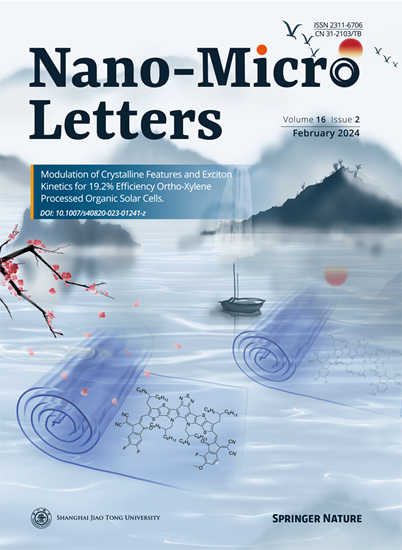Advanced Nanomedicines for Treating Refractory Inflammation-Related Diseases
IF 36.3
1区 材料科学
Q1 Engineering
引用次数: 0
Abstract
Highlights
-
An overview of inflammation related diseases has been provided.
-
The classification of nanomaterials commonly utilized in the treatment of various inflammatory diseases has been outlined.
-
The current state of nanomedical applications with desirable therapeutic efficacy in the treatment of inflammatory diseases has been sum marized.
-
The challenges and perspectives in the evolving field of nanomedicine for treating inflammatory diseases have been discussed and proposed in depth.
治疗难治性炎症相关疾病的先进纳米药物。
这篇综述探讨了炎症作为一种生理防御机制,可以抵抗感染因子、物理创伤、活性氧(ROS)和代谢应激,这些在失调的条件下可能发展成慢性疾病。纳米医学将纳米技术与医学相结合,抑制炎症信号通路和过度表达的促炎细胞因子,如ROS,以解决炎症相关病理。系统分析了纳米材料设计和合成策略的最新进展,并对毒性机制、影响因素和评估方法进行了平行讨论,这些对临床转化至关重要。功能性纳米材料的应用重点是在难治性炎症条件下,包括伤口愈合、胃肠道疾病、免疫、神经或循环系统疾病,以及靶向递送策略。在纳米药物的发展,如生物相容性优化,精确的生物分布控制和标准化的毒性评估持续挑战,严格评估。通过将材料创新与治疗效果联系起来,本综述建立了一个推进纳米医学的框架,以改善治疗结果,同时解决转化障碍。
本文章由计算机程序翻译,如有差异,请以英文原文为准。
求助全文
约1分钟内获得全文
求助全文
来源期刊

Nano-Micro Letters
NANOSCIENCE & NANOTECHNOLOGY-MATERIALS SCIENCE, MULTIDISCIPLINARY
CiteScore
32.60
自引率
4.90%
发文量
981
审稿时长
1.1 months
期刊介绍:
Nano-Micro Letters is a peer-reviewed, international, interdisciplinary, and open-access journal published under the SpringerOpen brand.
Nano-Micro Letters focuses on the science, experiments, engineering, technologies, and applications of nano- or microscale structures and systems in various fields such as physics, chemistry, biology, material science, and pharmacy.It also explores the expanding interfaces between these fields.
Nano-Micro Letters particularly emphasizes the bottom-up approach in the length scale from nano to micro. This approach is crucial for achieving industrial applications in nanotechnology, as it involves the assembly, modification, and control of nanostructures on a microscale.
 求助内容:
求助内容: 应助结果提醒方式:
应助结果提醒方式:


